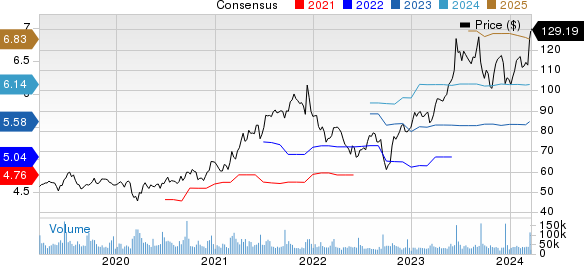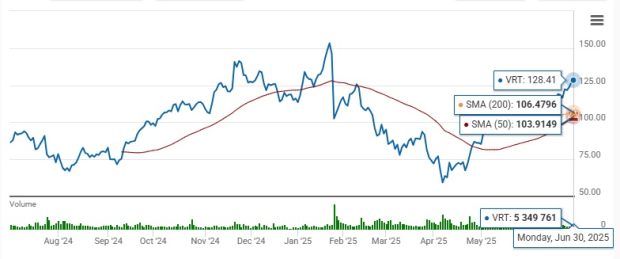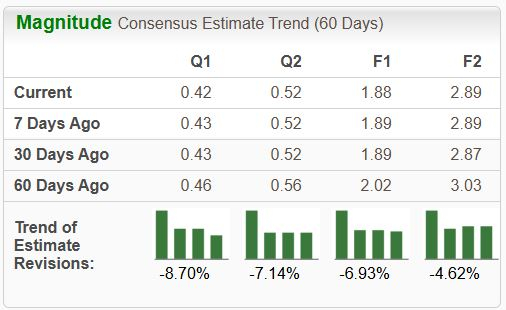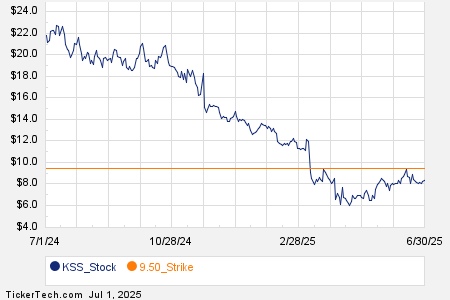Oracle ORCL has unleashed a programming storm with the unveiling of Java 22, a monumental advancement in the realm of coding. This latest iteration promises to revolutionize developers’ experiences and optimize their code for peak efficiency.
Java 22, famously dubbed Oracle JDK 22, boasts a cornucopia of enhancements spanning various facets of the language and its development kit. These improvements range from the very core of the Java language to enhancements in its APIs, performance tweaks, and a myriad of tools housed within the Java Development Kit (JDK).
Noteworthy highlights of JDK 22 include transformative upgrades stemming from diverse projects within the OpenJDK community. Project Amber, for instance, rolls out language enhancements like revolutionary string templates and implicitly declared classes. Project Panama, on the other hand, injects vitality with contributions such as the Foreign Function & Memory API and Vector API. Meanwhile, Project Loom ushers in Structured Concurrency and Scoped Values, elevating the panorama of concurrency management in Java applications.
Moreover, JDK 22 introduces a medley of enhancements to core libraries and tools, including the much-awaited Class-File API and support for launching multi-file source-code programs. A performance facelift, featuring Region Pinning for G1, aims to ensure Java applications run seamlessly and with heightened efficiency.
These pivotal features are anticipated to fuel the growth of cloud services and boost license revenues for Oracle.
The Zacks Consensus Estimate for Oracle’s fiscal 2024 cloud services and license revenues stands at a formidable $44.68 billion, showcasing a robust 26.5% surge from the previous year. Fiscal 2024 earnings are expected to peak at $5.58 per share, marking an impressive 8.98% climb from the previous year’s actuals.
Java’s Standing Amidst Fierce Competition in the Programming Language Arena
The programming language landscape is a battleground of innovation, where new contenders emerge, some fade into oblivion, and others entrench themselves as per evolving needs. According to an Orient report, the premiers of the programming language realm include stalwarts like Python, Java, JavaScript, and C/C++. In this fiercely competitive domain, other heavyweight languages from tech giants pose a formidable challenge to Oracle’s Java.
Microsoft’s brainchild C#, unleashed in 2000, stands as a versatile, object-oriented marvel, enabling developers to craft robust, efficient applications. Nestling at the fifth spot on the PYPL chart with a market share of 6.73%, C# exemplifies user-friendliness and type safety characteristics synonymous with C family languages like C++ and Java.
Swift, Apple’s brainchild born in 2014, embodies swiftness, safety, and user-friendliness, standing as a beacon of simplicity compared to its predecessor, Objective-C. Riding on a wave of ease-of-use, Swift has emerged as the darling of iOS and macOS application developers, capturing the ninth spot on the PYPL chart with a market share of 2.75%.
Meanwhile, Google’s brainchild, Golang, fashioned in 2009, positions itself as a stone-cold, statically typed programming language tailored for building mammoth software systems. Sitting comfortably at the twelfth spot on the PYPL chart with a market share of 2.04%, Golang’s cross-platform capabilities pave the way for seamless application development across diverse operating systems.
Oracle, at its core, remains unwaveringly consumer-centric, constantly updating and fortifying its Cloud, Netsuite, ERP, Java, and innovating new products to withstand the fierce tides of competition. Java, a bastion of versatility, platform-independence, and object-oriented prowess, shines as a beacon beckoning leading enterprises in need of robust, high-performing applications.
The Zacks Rank #3 (Hold) company has charted a remarkable 22.5% surge in shares year-to-date, outpacing the Zacks Computer and Technology sector’s growth of 9.9%. This impressive growth is a testament to Oracle’s culture of continuous innovation, keeping it steps ahead in the relentless race of technological supremacy.
Zacks Names #1 Semiconductor Stock
It’s only 1/9,000th the size of NVIDIA, which soared over +800% since our endorsement. While NVIDIA remains a force to be reckoned with, our leading chip stock holds immense growth potential. With burgeoning earnings and a burgeoning clientele, it stands poised to cater to the insatiable demand for Artificial Intelligence, Machine Learning, and the Internet of Things. Industry projections augur a seismic surge in global semiconductor manufacturing, surging from $452 billion in 2021 to a staggering $803 billion by 2028.
Want the gist of it from Zacks Investment Research? Dive into their latest recommendations with the download of 7 Best Stocks for the Next 30 Days. Go ahead, click, and get your hands on it!







